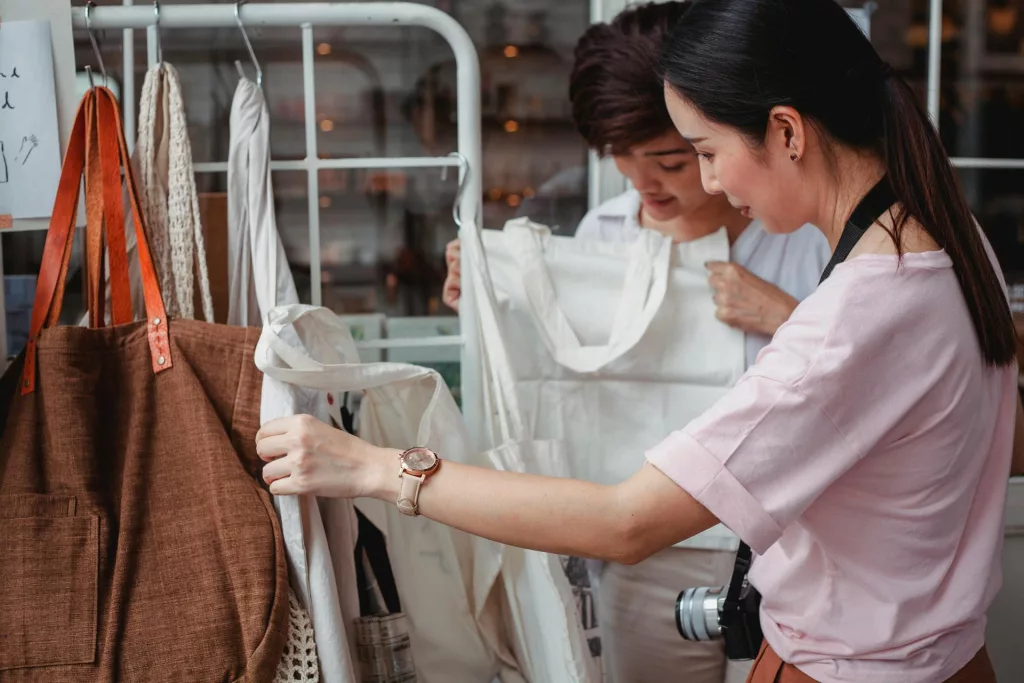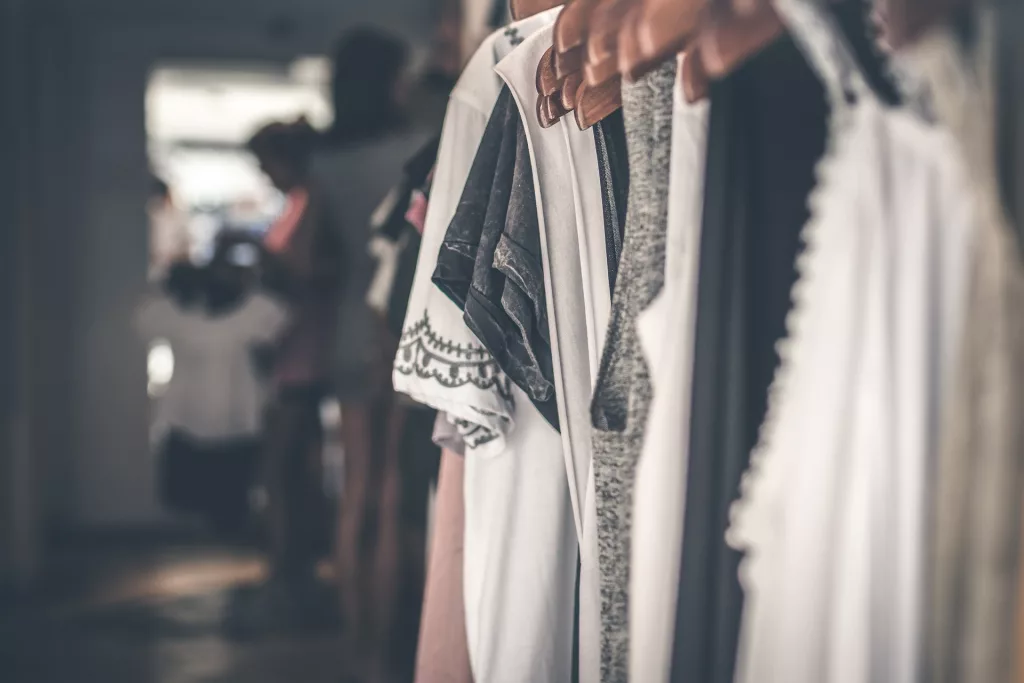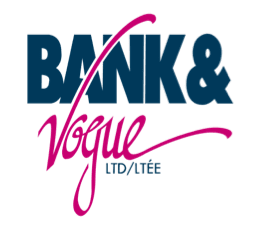The ethical fashion movement has gained momentum as consumers and brands become increasingly aware of the detrimental effects of fast fashion. This movement emphasizes conscious production, fair treatment of workers, and the reduction of environmental harm.
Let’s explore more about the ethical fashion movement, and how the landscape of fashion is changing!

The Role of Circular Fashion in Ethical Fashion
Circular fashion is integral to the ethical fashion movement. It focuses on extending the lifespan of garments by promoting recycling, upcycling, and designing clothes for durability. Circular fashion encourages practices such as reselling, renting, or repairing clothing to keep it in circulation longer. By doing so, it minimizes textile waste that would otherwise end up in landfills, helping to reduce the environmental impact of the fashion industry. This shift from a “take, make, dispose” model to one that emphasizes reuse aligns perfectly with the goals of ethical fashion, encouraging consumers to prioritize long-term value over frequent new purchases.
How the Ethical Fashion Movement Began
The ethical fashion movement advocates for fashion practices that prioritize people, the environment, and animals. It began gaining traction in the early 2000s, fueled by growing awareness of the poor labour conditions in garment factories, especially in developing countries, and the significant environmental toll of mass-produced clothing.
A key turning point occurred in 2013 with the Rana Plaza disaster in Bangladesh, where over 1,000 garment workers lost their lives due to unsafe working conditions. This tragedy sparked a global outcry, driving greater awareness and concern about the ethics of the fashion industry and catalyzing the movement toward more ethical practices.
Key Principles & Goals of Ethical Fashion
The ethical fashion movement has three main objectives:
- The movement aims to eliminate exploitative labour practices, such as low wages and unsafe working conditions, ensuring that garment workers are treated with respect and fairness.
- It also seeks to minimize fashion’s environmental impact by promoting sustainable production methods and the use of eco-friendly materials.
- Finally, ethical fashion discourages cruelty towards animals, advocating for alternatives to animal-derived materials or ensuring humane treatment when animals are part of the process.
The movement ultimately promotes conscious consumption, encouraging consumers to support brands that uphold these values.
Ethical Fashion vs. Sustainable Fashion vs. Slow Fashion
While ethical fashion, sustainable fashion, and slow fashion share similarities, each has a distinct focus:
Ethical fashion prioritizes social justice, ensuring that workers are treated fairly and labour practices are humane.
Sustainable fashion centres on minimizing the environmental impact of clothing production through eco-friendly materials and practices.
Slow fashion promotes high-quality, long-lasting garments and encourages consumers to buy fewer, better-made items, contrasting with the rapid turnover of fast fashion.
While all three concepts often overlap, ethical fashion specifically highlights the social and human elements in the production process.
How Brands Ensure Ethical Labor Practices
To verify ethical labour practices, many brands employ several methods including:
- Regular inspections are conducted to ensure factories and suppliers adhere to labour and safety standards.
- Certifications such as Fair Trade and GOTS (Global Organic Textile Standard) are common ways to verify ethical practices.
- Brands that work closely with their suppliers often have greater oversight and control over working conditions.
- Leading ethical brands make their supply chain practices public, sharing detailed reports on how they maintain ethical standards.
Ethical Materials in Fashion
Ethical fashion prioritizes materials that are kinder to the environment and workers. Common ethical fabrics include organic cotton, recycled fabrics, tencel, hemp and linen, and vegan leather.
Growing Consumer Demand for Ethical Fashion
Over the past decade, consumer demand for ethical fashion has surged. Millennials and Gen Z, in particular, prioritize ethical considerations in their purchasing decisions. Social media activism, documentaries, and the rise of eco-conscious influencers have accelerated this shift, driving brands to adopt more transparent and ethical practices.
The ethical fashion movement is a powerful response to the harmful practices of fast fashion. It encourages consumers to consider the impact of their purchases on people, animals, and the planet. While challenges remain in making ethical fashion more accessible, growing demand pushes the industry toward greater transparency and sustainability. As more consumers prioritize quality, longevity, and fairness, the ethical fashion movement will continue to gain traction.
For over 25 years, we have maintained the value of second-hand goods and we firmly believe that a circular economy is possible on a large scale. By working together towards clearly defined goals, we believe we can make a meaningful impact and ensure that our business operates in a way that aligns with our values and respects the fundamental rights of all individuals. Let’s work together for our environment and give these items new life by clicking here.







